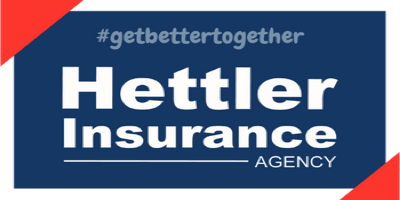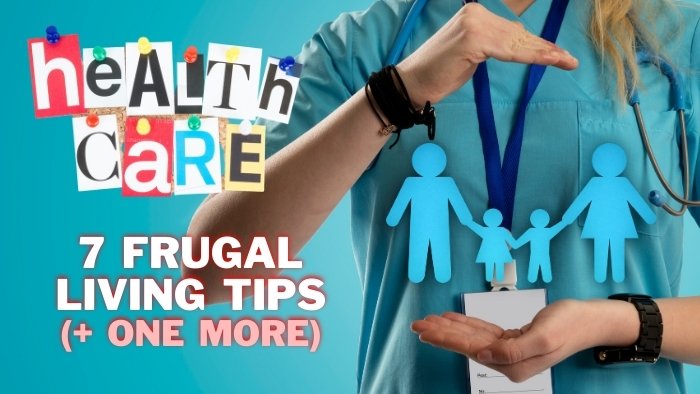
Not having health insurance can be…Scary! Open enrollment is Nov. 1st – Dec. 15th. Give us a call so we can help you! (806) 798-7800, M-F 8:30am-5pm
So, why is open enrollment such a big deal for health insurance?
Have you ever thought to yourself: “I should be allowed to update or buy health insurance whenever it’s convenient for me. That’s not fair. Why do I have to do it only Nov. 1st – Dec. 15?”
Well, as it turns out, having a limited time window is the fair way to do it. It’s more fair to all parties. If we were still allowed to purchase coverage anytime we wanted, then insurance companies would decline more people due to pre-existing medical conditions. The current open enrollment period for health insurance exists to prevent people from waiting until they are sick before enrolling. This is good for everyone involved. Also, the insurance industry is not sustainable if there are more sick people than healthy people. The cost of the sick has to be offset by the healthy people in order for insurance to be possible.
What Is Open Enrollment?
According to healthinsurance.org, open enrollment is a time window for individuals and employees to add or drop their health insurance, or make their coverage changes. Open enrollment windows have been a long-time feature of employer-sponsored health insurance, but were only implemented in the individual market as of late 2013. Inside the Affordable Care Act (aka Obamacare), there are open enrollment windows for individual health insurance, which apply both in and out of the exchanges. (Before 2014, individuals could apply at any time, but they were required to do so through medical underwriting.)
Another reason for the open enrollment time period is to prevent people from gaming the system. Without a specific time period for enrollment, a person could start an expensive medical insurance plan in November, use it for a planned surgery in January, then switch to a cheaper health plan in February. But think about it, due to this unwise choice, that person’s out-of-pocket maximum would then reset to zero under their new health insurance plan.
If that person needs further medical care during the year, he would have to pay a brand new deductible and out-of-pocket expenses. This is because he would lose credit for the cost-sharing that he had already paid under his original health insurance plan. Like it or not, we are forced to make wiser, more honest decisions by following a very specific open enrollment period.
Any Downfalls To A Short Open Enrollment Period?
On the flipside, there are those who claim that a short open enrollment period prevents some of the population from signing up. The claims are that the short time period doesn’t give people enough time to sign up. It’s claimed that young, healthy people won’t have time to enroll. But, think about it, if someone has a tendency toward procrastination, then they will procrastinate no matter how long the open enrollment period is.
Also, some health insurance brokers/agents say that the short period doesn’t give them enough time to assist everyone that needs assistance. This last claim is the only one that might make real sense. But, this can be solved by using temporary professional workers just like the tax industry does.
So, all things considered, keeping a short open enrollment time period for health insurance is the solution that makes the most financial sense in the end. Statistics show that enrollment rates for 2017, 2018, and (projected) 2019 are just about the same. This is despite marketing cuts, open enrollment assistance cuts, and elimination of the tax penalty for failure to carry health insurance.




